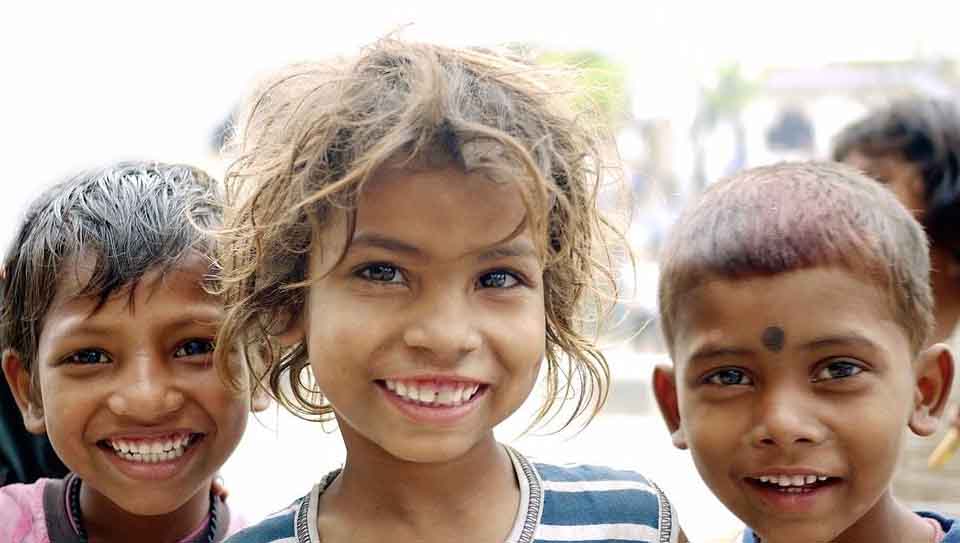
Over the past year, we have started to finally see a shift connecting the silos that have kept efforts on the environment, health and development in separate disciplines. The catalyst for much of this progress has come from the creation of the Sustainable Development Goals and the inclusion of expanded targets focusing on all forms of pollution.
As the world witnesses more and more images of the gray shrouds of smog in Beijing, and horrific pollution in multiple Indian cities, it has become impossible to ignore the convergence and consequences of rapid-fire economic growth and the threat that industrial pollution brings to communities in low- and middle-income countries.
One indicator of our progress is the string of “firsts” we encountered across the globe over the past year, in Africa, Latin America, Central Asia, Southeast Asia, and more. Below is a look at some highlights.
AFRICA
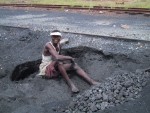
KABWE, ZAMBIA: Free from lead exposure for the first time in 100 years
For the first time in 100 years, the residents of Chowa in Kabwe, were free from dangerous lead exposure in their homes and yards following a Pure Earth cleanup. While more work needs to be done, this is a great start.
Learn more:
- Nearly 100% Of Children In This Neighborhood Have Been Poisoned
- Notes From The Field: Walking A Day To Seek Change in Kabwe
- So Fresh And So Clean
- Lead Free Homes For The First Time In 100 Years
LATIN AMERICA
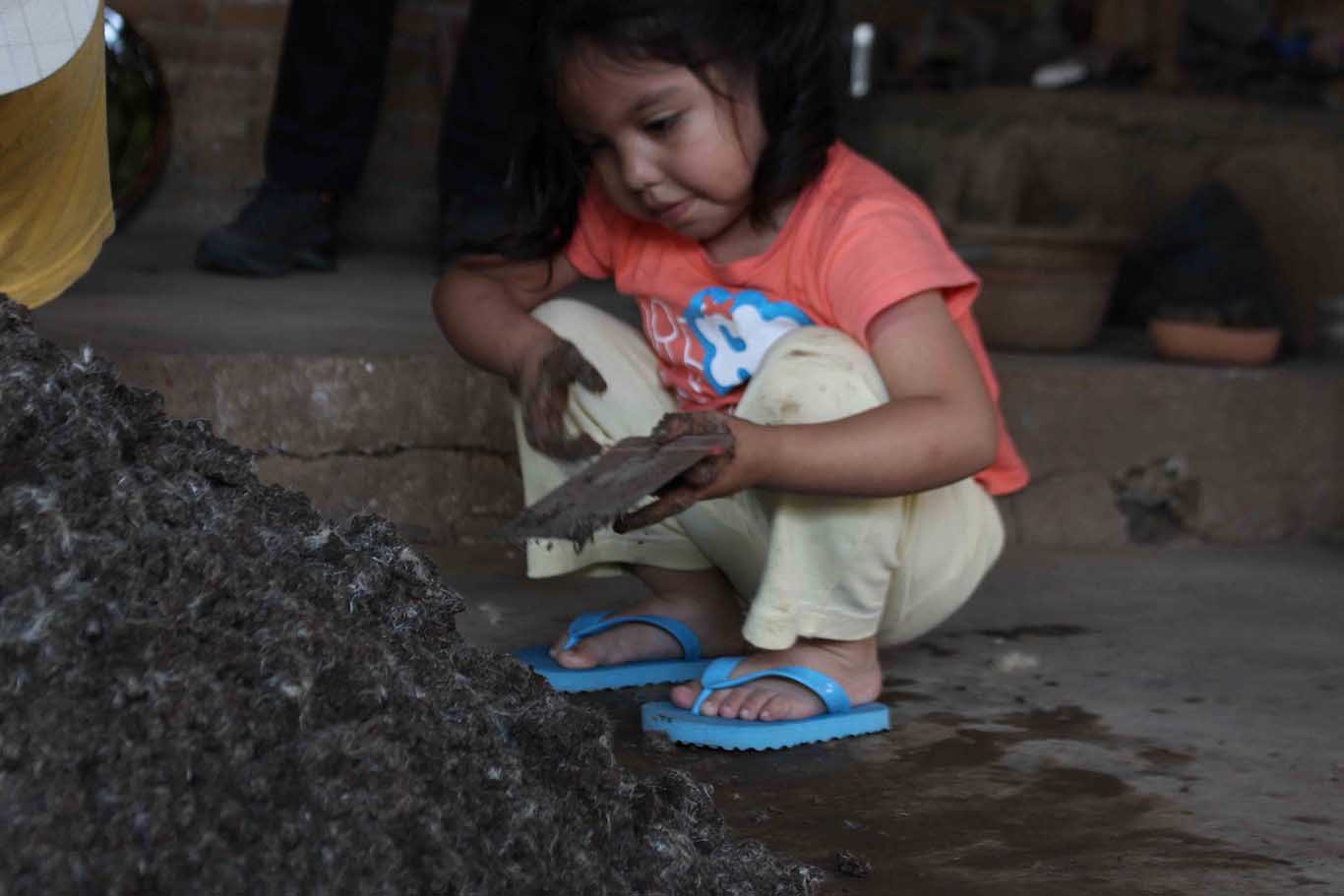
MORELOS, MEXICO: First-of-its-kind newborn screening for lead poisoning
In partnership with the Ministry of Health in Morelos, we piloted first-of-its- kind newborn blood lead level screenings to identify babies with lead poisoning and determine the source of that poisoning.
In the case of one newborn with an elevated blood lead level of 40 ug/dl (eight times above the CDC level of concern of 5 ug/dl), the investigation revealed that the poisoning was attributed solely to lead-glazed pottery, used daily by the baby’s family to cook and serve their meals.
The infant received treatment immediately, and much to everyone’s relief, no longer has elevated lead levels. The family received a new set of lead-free cooking and serve ware created by artisans who have gone lead-free under our Barro Aprobado project.
Learn more:
- Photo Essay: Mexico – Changing A Beautiful, Yet Toxic, Tradition
- Dinner Served On 960 Pieces Of Lead-Free Pottery Sends Urgent Message Across Mexico
- Fact Sheet: Mexico’s 500-Year-Old Problem (Infographic)
- Want lead-free food? Visit the first “Barro Aprobado” restaurant in Mexico
- Homero Aridjis’ Heartfelt Plea For A Lead-Free Mexico
MADRE DE DIOS, PERU: First grant in Peru
In 2015, Pure Earth received our first grant from the U.S. Department of State to assist the Peruvian government in assessing artisanal gold mining sites in the Madre de Dios region. We are developing plans for site remediation, strategies for alternative livelihoods, and sustainably restoring affected natural resources.
Our team visited eight towns in the Andes mountains and the Peruvian rainforest. During the trip they educated local officials about mercury exposure, trained them to conduct environment assessments, and identified polluted sites for intervention.
Read more: In Peru: A Path of Gold and Destruction (Photo essay)
CENTRAL ASIA

SUMGAYIT, AZERBAIJAN: First remediation project in the country
Pure Earth conducted the first remediation project in Sumgayit, Azerbaijan, a region that has been called one of the “World’s Worst Polluted Places.” The cleanup involved a pubic beach that was contaminated by toxic waste from a chemical plant. For years, beachgoers were not aware of the danger.
Read more: A Toxic Beach Gets Cleaned Up
SOUTHEAST ASIA
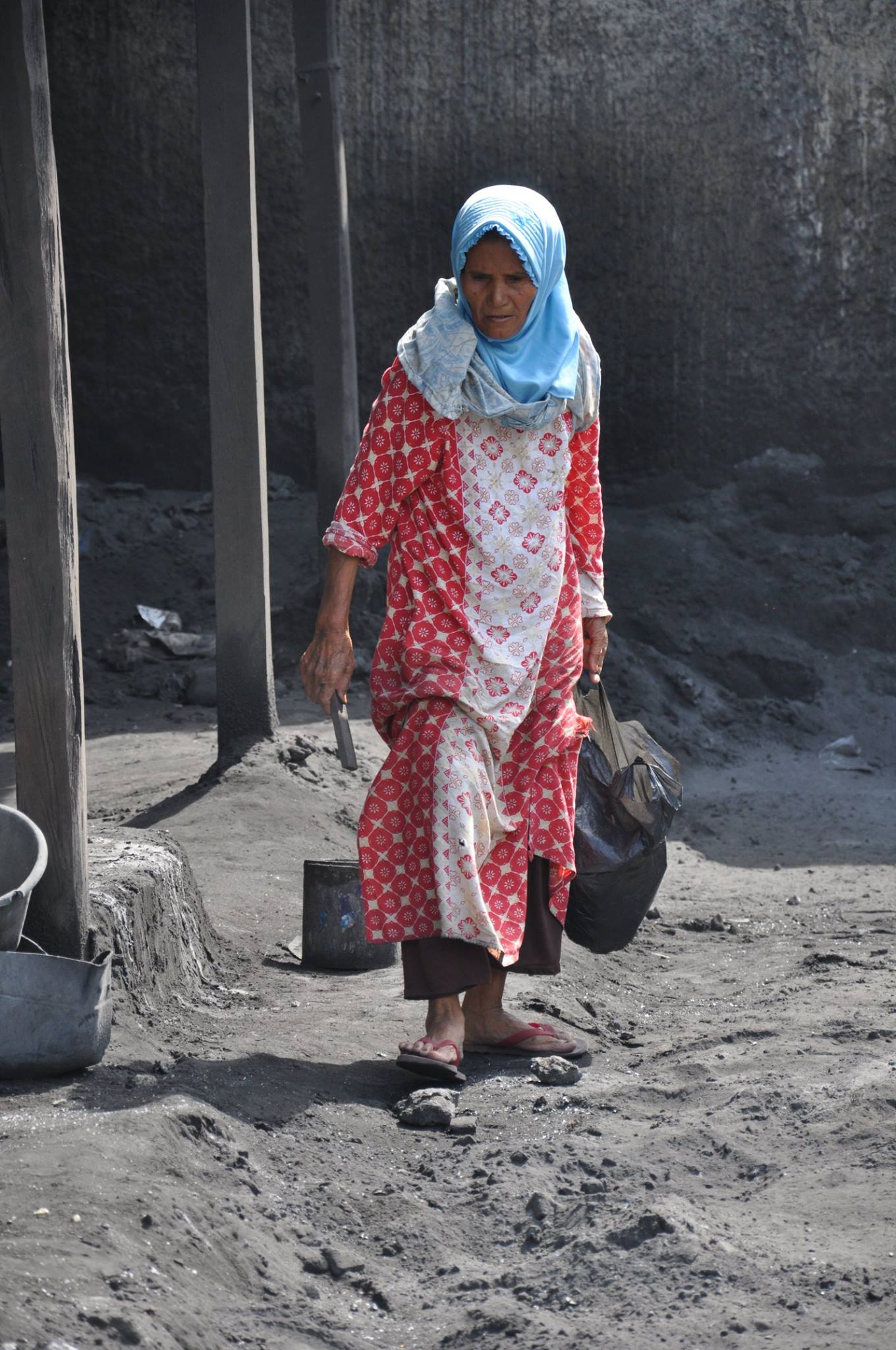
PHILIPPINES, INDONESIA: First time exploring brownfield development
We are working with the Asian Development Bank to identify contaminated brownfield sites that could be put to better economic use for the local community. This is the first time we are exploring this approach in the region, attempting to use market forces to stimulate change.
Four sites were shortlisted and two sites have been chosen–one in Indonesia and one in the Philippines. Two top brownfield developers are currently working to draft development plans that can be used to attract local investors. By highlighting the economic potential of these two polluted sites, we hope to fund cleanup and kick start a better future for these two communities.
PHILIPPINES: First time exploring use of local vetiver grass
For the first time in the Philippines, Pure Earth is exploring the use of vetiver grass for phytoremdiation, to naturally reduce toxins in the contaminated water of the Marilao, Meycauayan and Obando (MMO) river system that supplies fish to customers in Metro Manila.
When our team in the Philippines planted some of the grass along the banks of the contaminated river and floated some on pontoons on the water, the results were very promising. We are particularly excited about this approach as we may be able to use this and other grasses as a low-cost remediation strategy along polluted waterways. The team is also testing a tobacco by-product that can be used instead of costly chemicals to prepare fish ponds for restocking.
This is not the first time Pure Earth has turned to low-cost natural methods of remediation.
- In Muthia, India, we used worms to “eat” up toxic heavy metals from some 2,750 tons of industrial waste dumped in a village in Gujarat.
- In Kanpur, we introduced elements into the groundwater to trigger a reaction with the toxic hexavalent chromium pollutant, causing it to bind to rocks and preventing it from contaminating water.
- And in China, we used lime to detoxify polluted rice paddies.
Another first – local HSBC employees are helping in the data collection and measuring of toxins in the water along the MMO river system for this project, which is sponsored by HSBC. Community involvement is always a goal for our projects and these employees have not only gotten involved but also encouraged others in the community as well.
GLOBAL EFFORTS
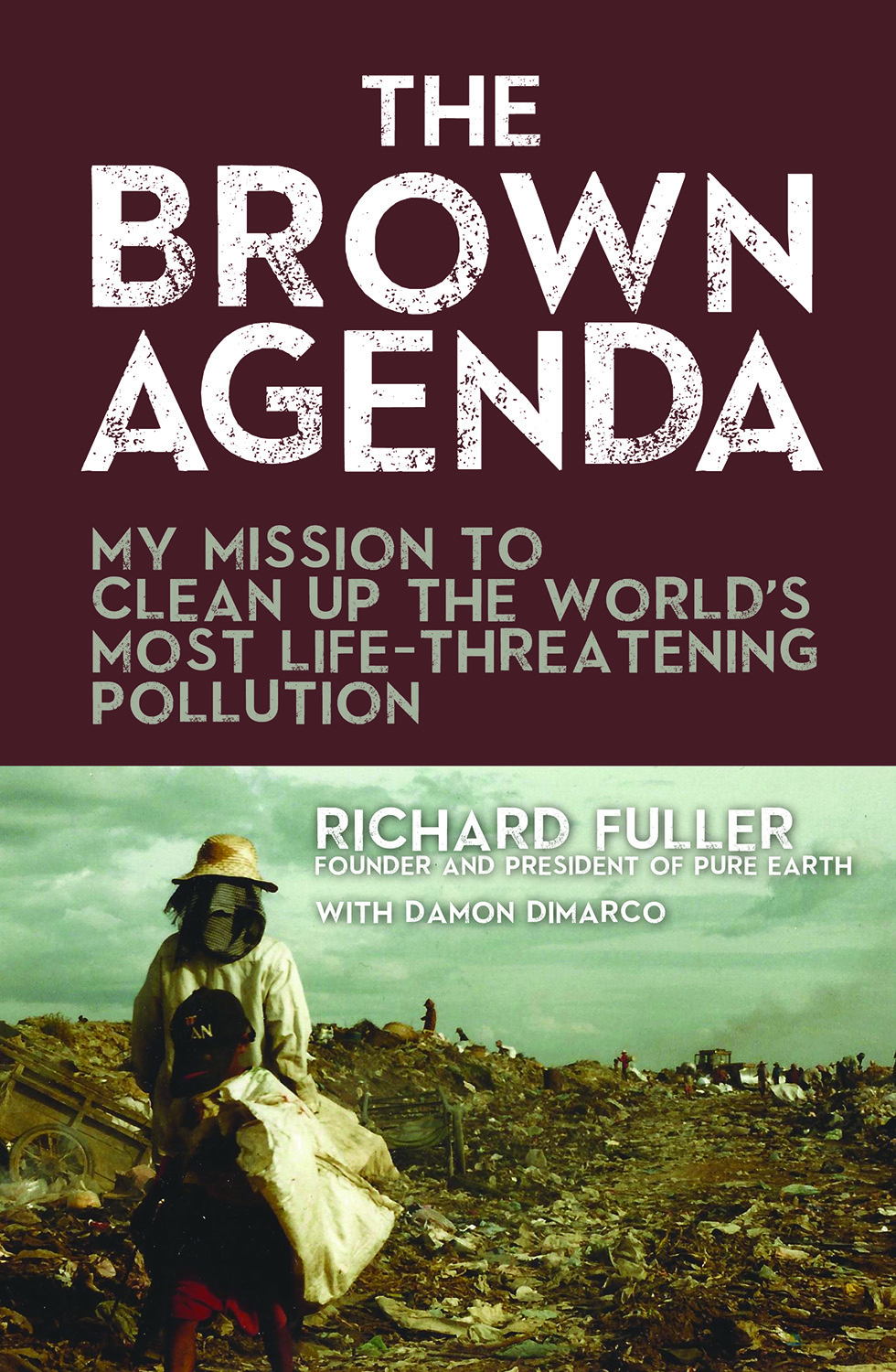 Release of “The Brown Agenda”
Release of “The Brown Agenda”
Another first – the release of the new book “The Brown Agenda: My Mission To Clean up The World’s Most Life-Threatening Pollution.”
“The Brown Agenda” chronicles Pure Earth president Richard Fuller’s perilous travels to the earth’s most toxic locations, where he introduces readers to the plight of the poisoned poor. Listen to John Hockenberry discuss the book on NPR’s The Takeaway.
Adoption of the Sustainable Development Goals – Inclusion of all forms of pollution
After much effort and debate, the U.N. General Assembly approved the Sustainable Development Goals (SDGs), including a target to reduce the health consequences from ALL forms of pollution. This is crucial as the issue of chemicals, waste and toxic pollution is critical to many elements of sustainable development, including poverty, health, environment and green economic growth.
This was accomplished through the efforts of the Global Alliance on Health and Pollution (Pure Earth serves as Secretariat of the GAHP), secured with support from a variety of government agencies, NGOs, academia and donors, including 38 different agencies/organizations from 25 countries.
We are continuing to work with GAHP to provide input into the current process of refining the indicators for the SDGs. This is a critical next step in the SDG process as it determines how nations measure progress toward these goals.
The launch of the Global Commission on Pollution Health and Development
Launched in October, the new Commission may be the game-changer in the fight against global pollution. Like the Stern Review on “The Economics of Climate Change” which brought the issue of climate change to the fore, the Commission report, due to be published in The Lancet this year, may be what the world needs to wake up to this global crisis of toxic pollution.
Learn more:
- Lancet Editorial: Why We Need A Commission on Pollution
- New Website for the Global Commission on Pollution, Health and Development
- Global Commission on Pollution, Health and Development Launches At ICCM4
##



